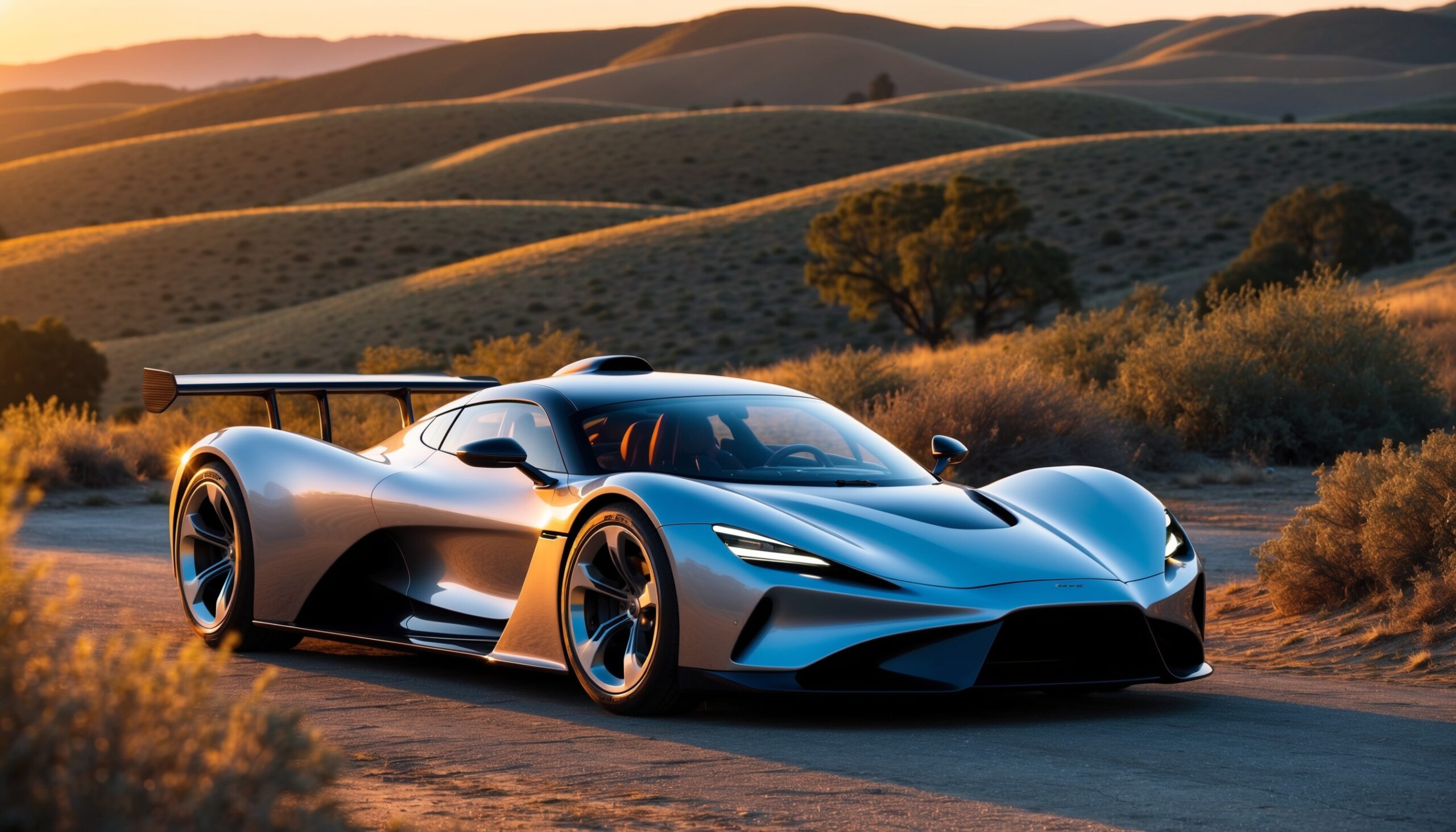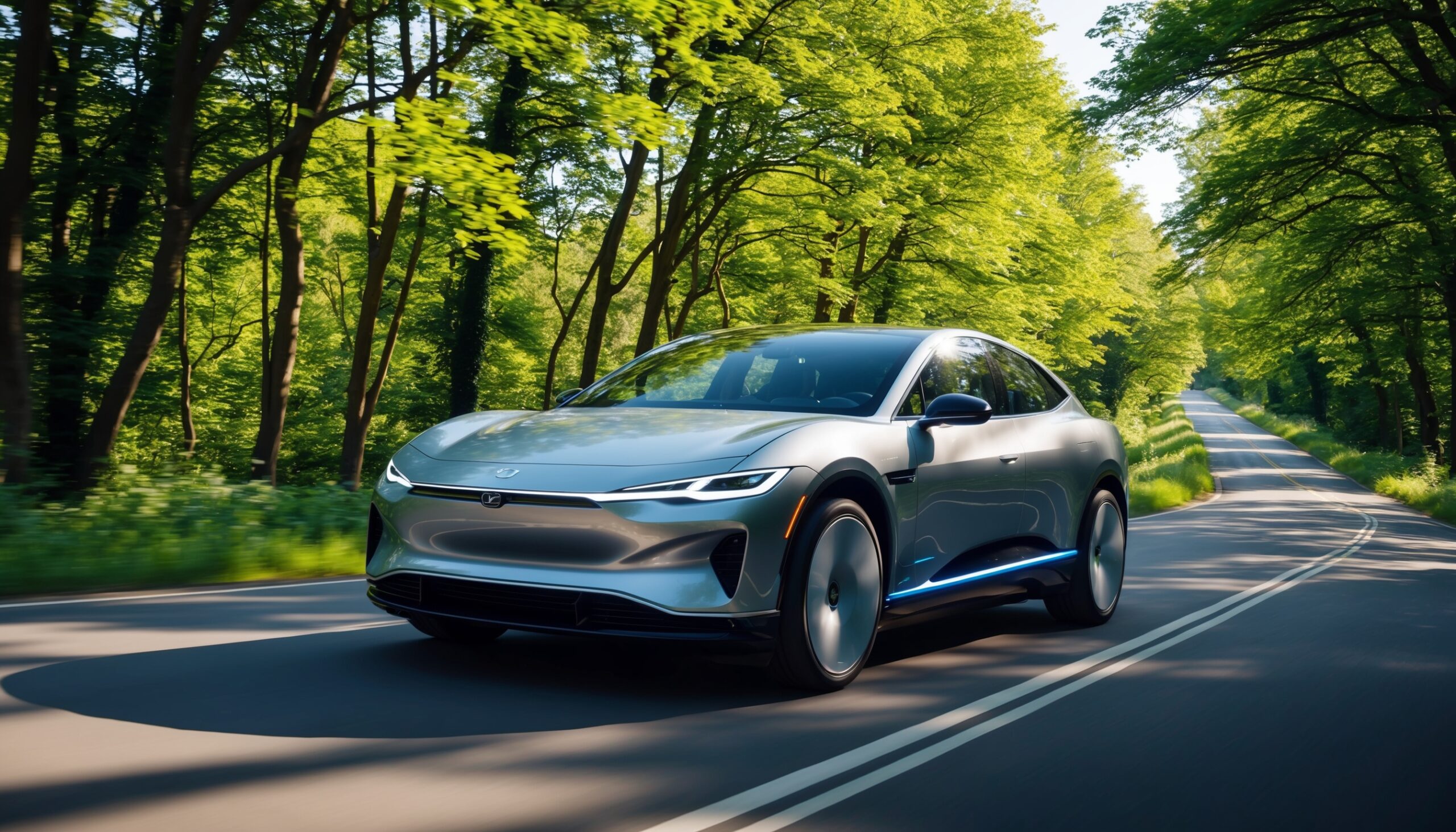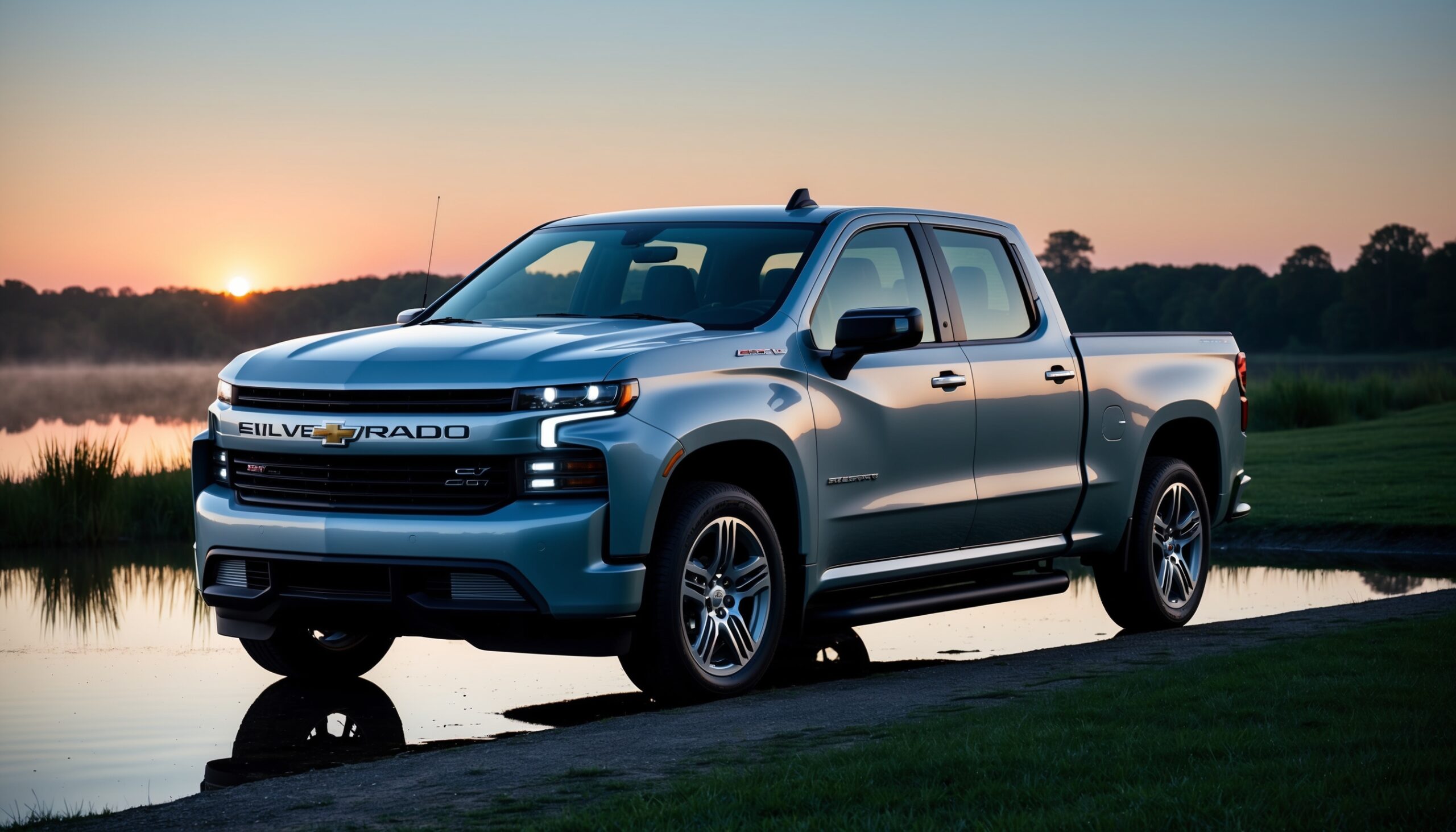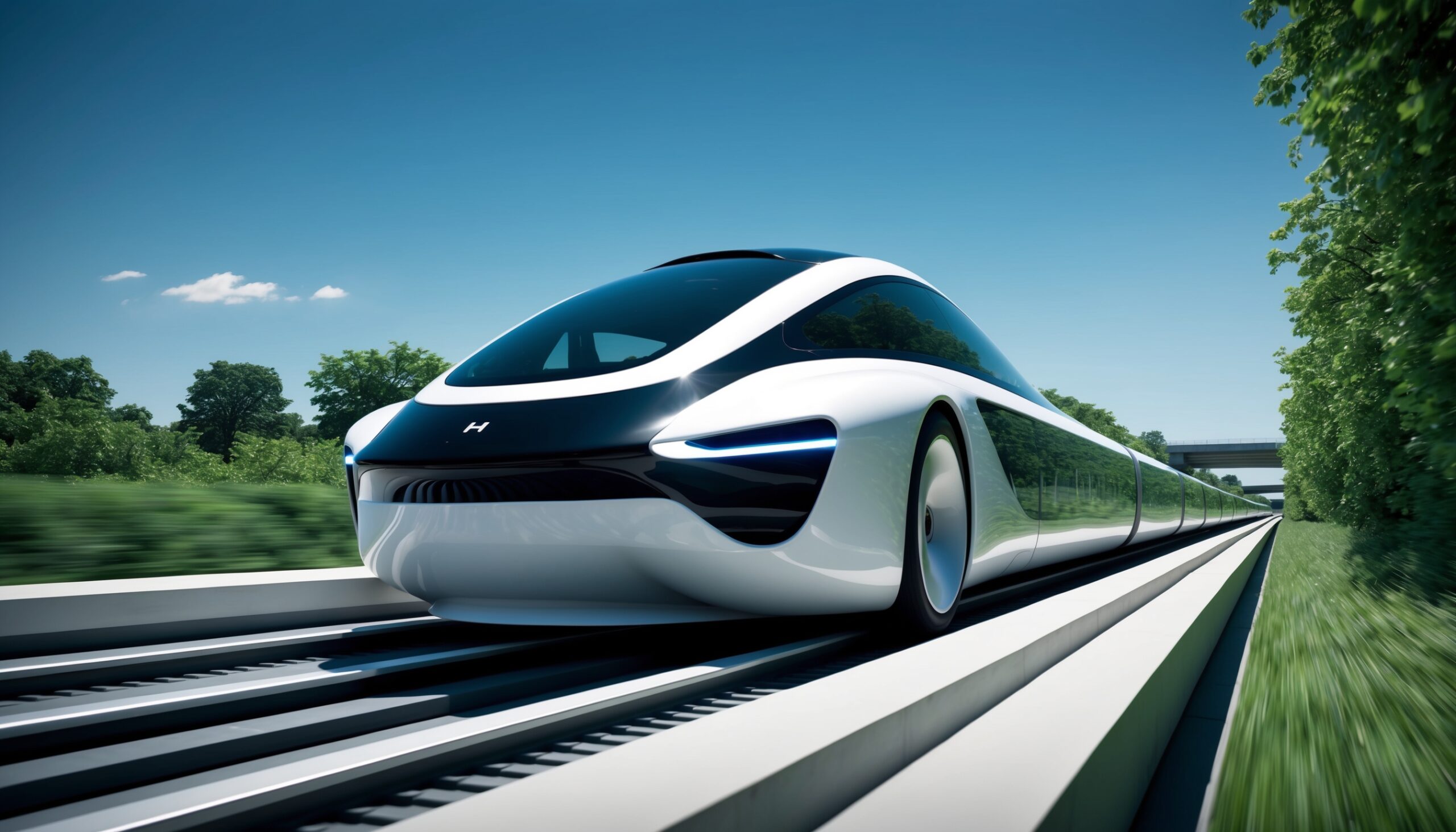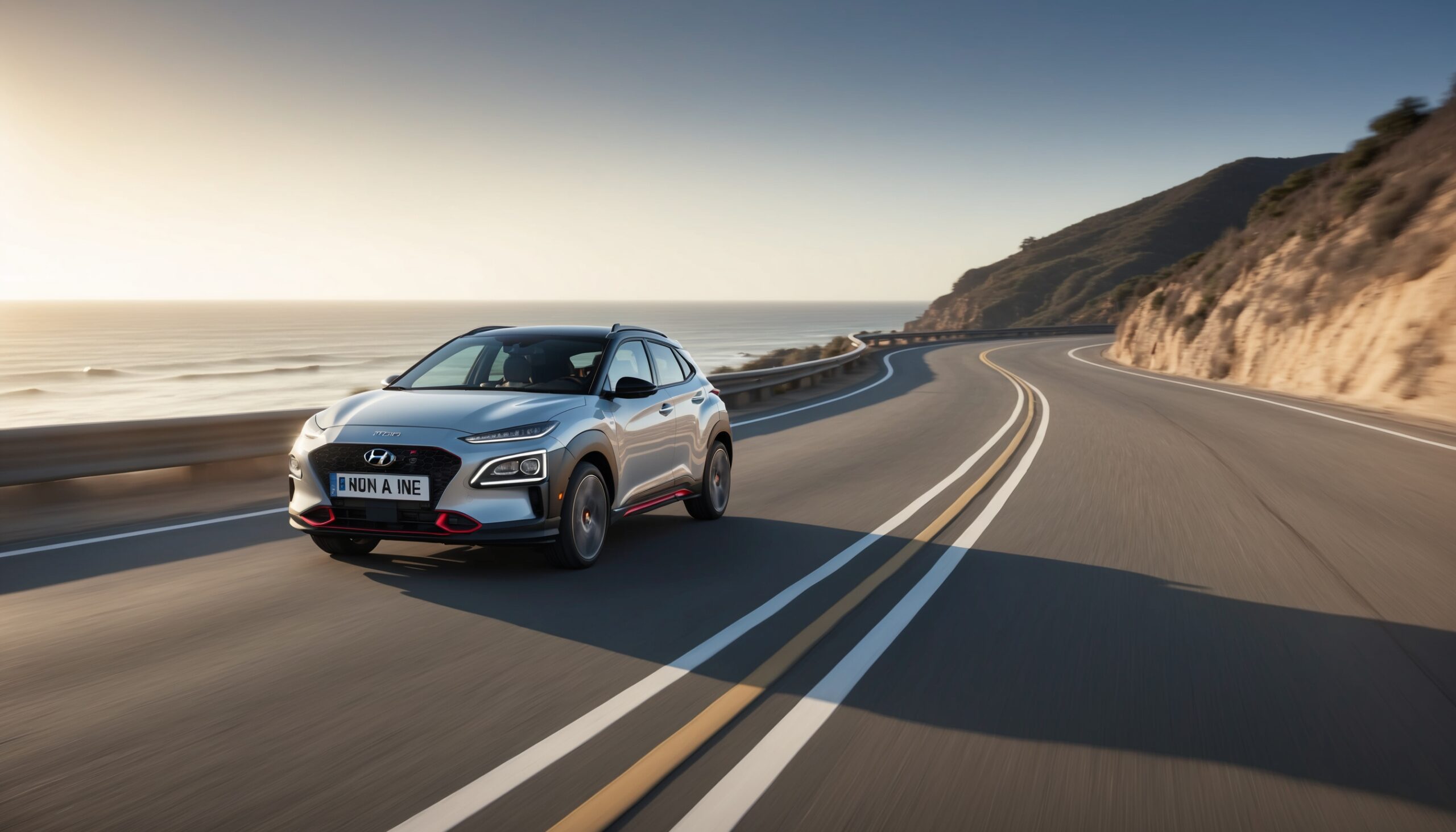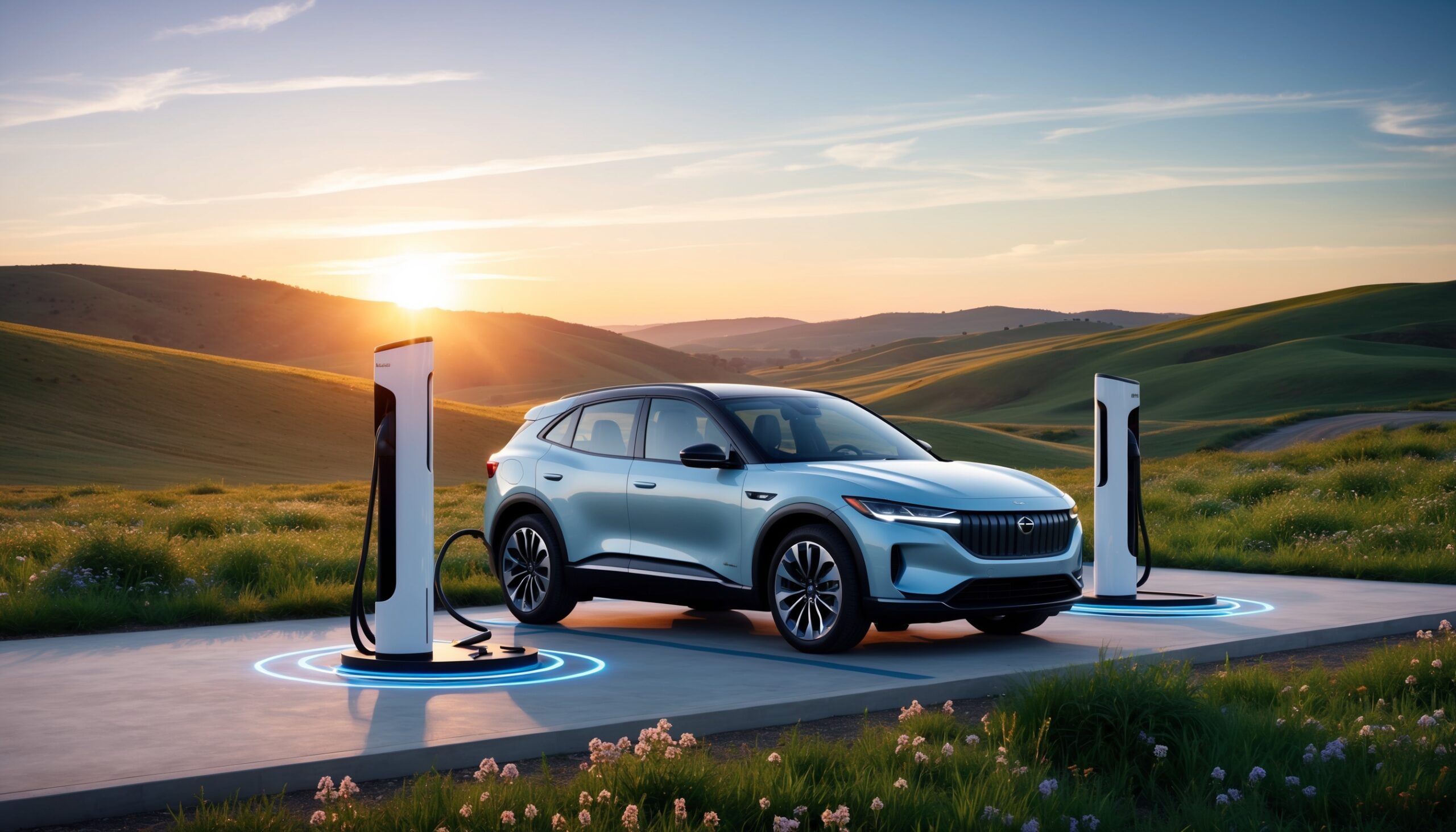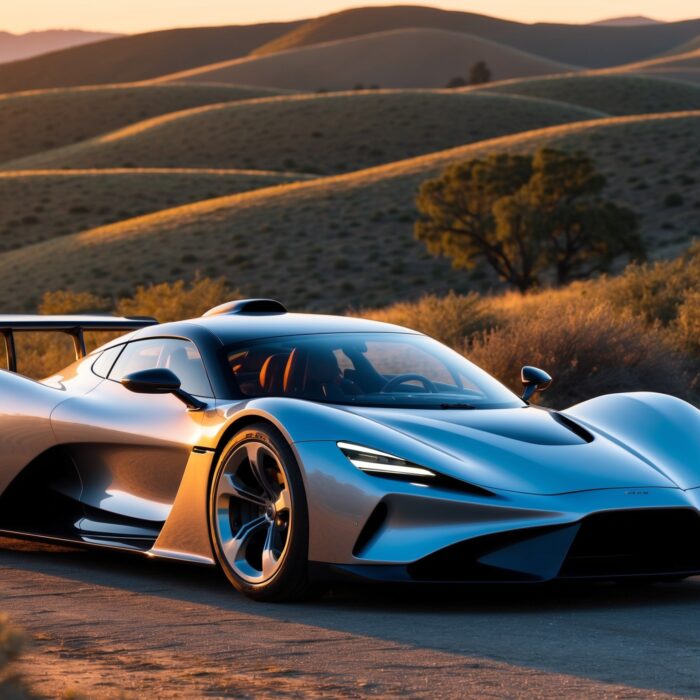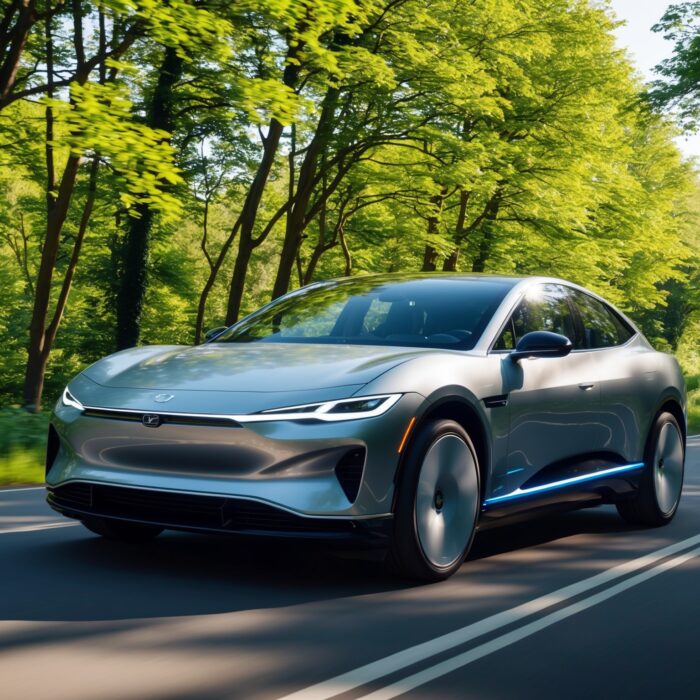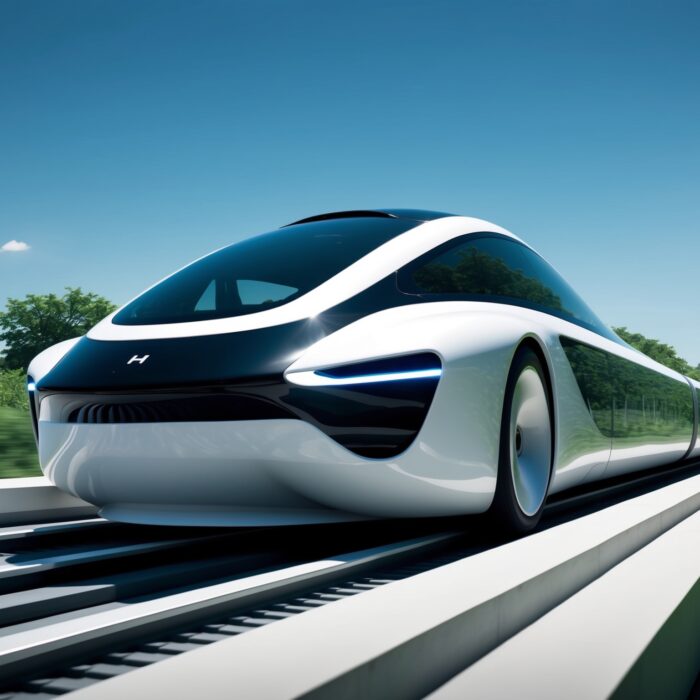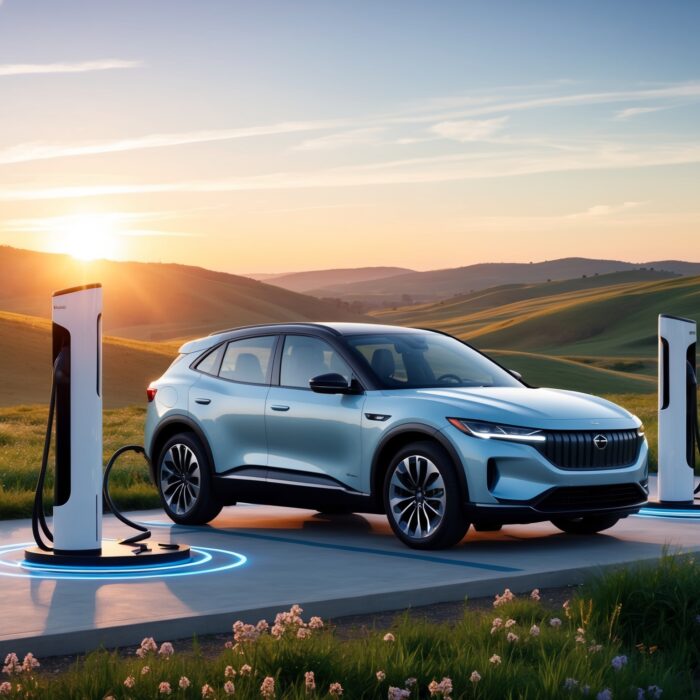Beyond Lithium: The Race to Commercialize Sodium-Ion EV Batteries
As car enthusiasts, we’ve witnessed a seismic shift in the automotive world over the past decade. Electric vehicles (EVs) have gone from being a niche market to a mainstream phenomenon, with manufacturers racing to innovate and improve battery technology. While lithium-ion batteries have been the reigning champion in powering our electric rides, a new contender is emerging: sodium-ion batteries. So, buckle up as we explore the exciting advancements in sodium-ion technology and what they mean for the future of electric vehicles.
The Lithium Dilemma
To understand the rise of sodium-ion batteries, we first need to look at the current king of the battery world: lithium-ion. These batteries have powered everything from smartphones to electric cars, but they are not without their challenges. The extraction of lithium is resource-intensive, often raising environmental concerns and geopolitical tensions. Moreover, as demand for electric vehicles soars, the supply of lithium is struggling to keep pace, leading to skyrocketing costs.
For car enthusiasts like us, the thought of limited battery supply can be troubling. As manufacturers scramble to secure lithium sources, we’re left wondering about the sustainability and longevity of the current battery technology. This is where sodium-ion batteries come into play, offering a potentially game-changing alternative.
Also Read: Integrating Video Conferencing and Work Tools into the Car Cabin
Sodium: The Abundant Alternative
Sodium is one of the most abundant elements on Earth, found in seawater and salt deposits. This abundance translates into a lower cost and a reduced environmental footprint compared to lithium. Imagine a battery that can be produced easily and sustainably, freeing manufacturers and consumers from the constraints of lithium supply chains.
Also Read: The EV Battery "Passport": Tracking Materials and Supply Chain Ethics
Sodium-ion technology has been in development for several years, but it’s only recently that companies have made significant strides towards commercialization. With the right investments and research, sodium-ion batteries could soon join the ranks of lithium-ion batteries in powering our beloved electric vehicles.
The Science Behind Sodium-Ion Batteries
At its core, a sodium-ion battery operates similarly to a lithium-ion battery. Both systems rely on the movement of ions between the anode and cathode during charge and discharge cycles. However, sodium-ion batteries use sodium ions (Na+) instead of lithium ions (Li+), leading to some key differences in performance and efficiency.
Composition and Structure
The typical structure of a sodium-ion battery includes a cathode made from sodium transition metal oxides and an anode made from carbon-based materials. This differs from lithium-ion batteries, which often use lithium cobalt oxide for the cathode and graphite for the anode. Research is ongoing to determine the best combination of materials for optimal performance.
Energy Density and Performance
One of the main challenges that sodium-ion batteries face is energy density. Currently, lithium-ion batteries can deliver about 150-250 Wh/kg, making them more efficient for high-performance applications like electric vehicles. Sodium-ion batteries, on the other hand, typically offer around 100-150 Wh/kg. While this gap may seem significant, advancements in material science and engineering are rapidly closing it.
Cycle Life and Stability
Sodium-ion batteries have shown promising results in terms of cycle life and stability. They tend to be more resilient to temperature fluctuations and can tolerate a wider range of operating conditions. This could mean longer-lasting batteries for electric vehicles, reducing the need for frequent replacements—a win for both car enthusiasts and the environment.
Key Players in the Sodium-Ion Revolution
The race to commercialize sodium-ion batteries is heating up, with several companies and research institutions making significant progress. Let’s take a look at some of the key players in this exciting field.
CATL
Contemporary Amperex Technology Co., Limited (CATL) is one of the largest battery manufacturers in the world and is at the forefront of sodium-ion technology. In 2021, CATL unveiled its first commercial sodium-ion battery, showcasing a promising energy density of around 160 Wh/kg. The company plans to integrate sodium-ion batteries into its product lineup by 2023, which could revolutionize the market.
Faradion
Based in the UK, Faradion is another company making waves in the sodium-ion space. Their technology focuses on creating high-performance sodium-ion batteries that can be used in various applications, including electric vehicles. With partnerships across industries, Faradion is working to bring its sodium-ion technology to market, emphasizing sustainability and cost-effectiveness.
Natron Energy
Natron Energy is pioneering the development of sodium-ion batteries designed for high-power applications. Their batteries are particularly well-suited for energy storage systems, which can complement electric vehicle charging. By focusing on high cycle life and rapid charging capabilities, Natron Energy is positioning itself as a leader in the sodium-ion market.
The Road Ahead: Challenges and Opportunities
While the future of sodium-ion batteries looks bright, there are still challenges to overcome before they can fully rival lithium-ion technologies. Let’s dive into some of the hurdles and the opportunities that lie ahead.
Technological Hurdles
- Energy Density: As mentioned earlier, sodium-ion batteries currently lag behind lithium-ion batteries in energy density. Continued research and development are crucial to improving performance.
- Manufacturing Scale: Scaling up production to meet demand will be essential. The battery industry is notoriously challenging to navigate, with significant investment required to build factories and establish supply chains.
- Material Research: Finding the right materials for anodes and cathodes that can deliver optimal performance is still an ongoing challenge. Researchers are exploring various compounds to push the boundaries of sodium-ion technology.
Environmental and Economic Opportunities
- Sustainable Sourcing: Sodium is abundant and can be sourced sustainably, minimizing the environmental impact compared to lithium extraction.
- Cost-Effective Solutions: As production costs for sodium-ion batteries decrease, we could see lower prices for electric vehicles, making them more accessible to a broader audience.
- Energy Storage Synergy: Sodium-ion batteries are well-suited for renewable energy storage, creating opportunities for integration in the growing green energy sector.
What This Means for Car Enthusiasts
As the automotive industry evolves, the rise of sodium-ion batteries could have a profound impact on car enthusiasts everywhere. Imagine a future where electric vehicles are not only more affordable but also offer longer ranges and faster charging times. Sodium-ion technology could make this a reality.
Moreover, the potential for enhanced sustainability could lead to a new era of eco-friendly vehicles. For enthusiasts who care about the environment, this is a fantastic development. We could enjoy the thrill of driving electric vehicles without the guilt associated with resource-intensive lithium extraction.
Final Thoughts: Embracing Change
As we stand on the precipice of a new era in battery technology, it’s essential for car enthusiasts to stay informed and engaged. The race to commercialize sodium-ion batteries is just beginning, and the potential benefits are immense. From cost-effectiveness to sustainability, sodium-ion technology could reshape the landscape of electric vehicles in ways we can only begin to imagine.
At Torque Feed, we’re excited about the future of automotive technology and the innovations that lie ahead. Whether it’s lithium, sodium, or another emerging technology, we’ll be here to keep you updated on the latest in the automotive world. So, keep your engines running, and let’s embrace the electrifying future together!

